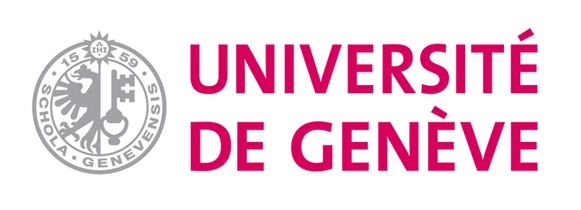
The proportion of foreigners varies greatly depending on where they live. Looking at the distribution of the surrounding 10,000 people, the authors show that the proportion of foreigners is lowest in Röthenbach in the Bernese Emmental, at 2.1%, and highest in Crissier near Lausanne, at 62.4%. Foreigners are over-represented in the large cities and their surroundings, particularly along Lake Geneva and Lake Zurich. The proportion of foreigners is also high in certain mountain regions in the cantons of Valais (around Verbier and Zermatt) and Graubünden (in the Engadine).
Segregation of migrants is highest in the cantons of Bern and Valais and lowest in the cantons of Geneva, Vaud and Ticino. Despite a high proportion of foreigners, the social mix in the latter three cantons leads to low spatial segregation, whereas in Bern and Valais, foreigners are concentrated in the urban centres and a few tourist municipalities. A high proportion of foreigners in the cantons is therefore not synonymous with strong segregation.
An analysis at the level of nationalities shows that the French live mainly in French-speaking Switzerland. Portuguese nationals are concentrated in Latin Switzerland and Graubünden, while Italian nationals are fairly evenly distributed throughout Switzerland. At the local level, the greatest segregation is found among Turkish and North American nationals. The former have rather low incomes and segregation is therefore partly linked to the limited opportunities in the housing market. The latter, on the other hand, are often highly skilled expatriates who settle in centres with an international vocation.
>> J. Zufferey & P. Wanner (2020). La distribution spatiale de la population étrangère en Suisse. Social Change in Switzerland, N°22, www.socialchangeswitzerland.ch
Contact: Philippe Wanner, University of Geneva, 078 806 28 69, Philippe.Wanner@unige.ch
The series Social Change in Switzerland continuously documents the evolution of the social structure in Switzerland. It is published jointly by the Swiss Centre of Expertise in the Social Sciences FORS, the Centre for Research on Life Course and Inequality (Faculty of Social and Political Sciences, University of Lausanne) LINES and the National Centre of Competence in Research LIVES - Overcoming Vulnerability: Life Course Perspective (NCCR LIVES). The aim is to trace changes in employment, family, income, mobility, voting and gender in Switzerland. Based on state-of-the-art empirical research, they are aimed at a wider audience than just specialists.

